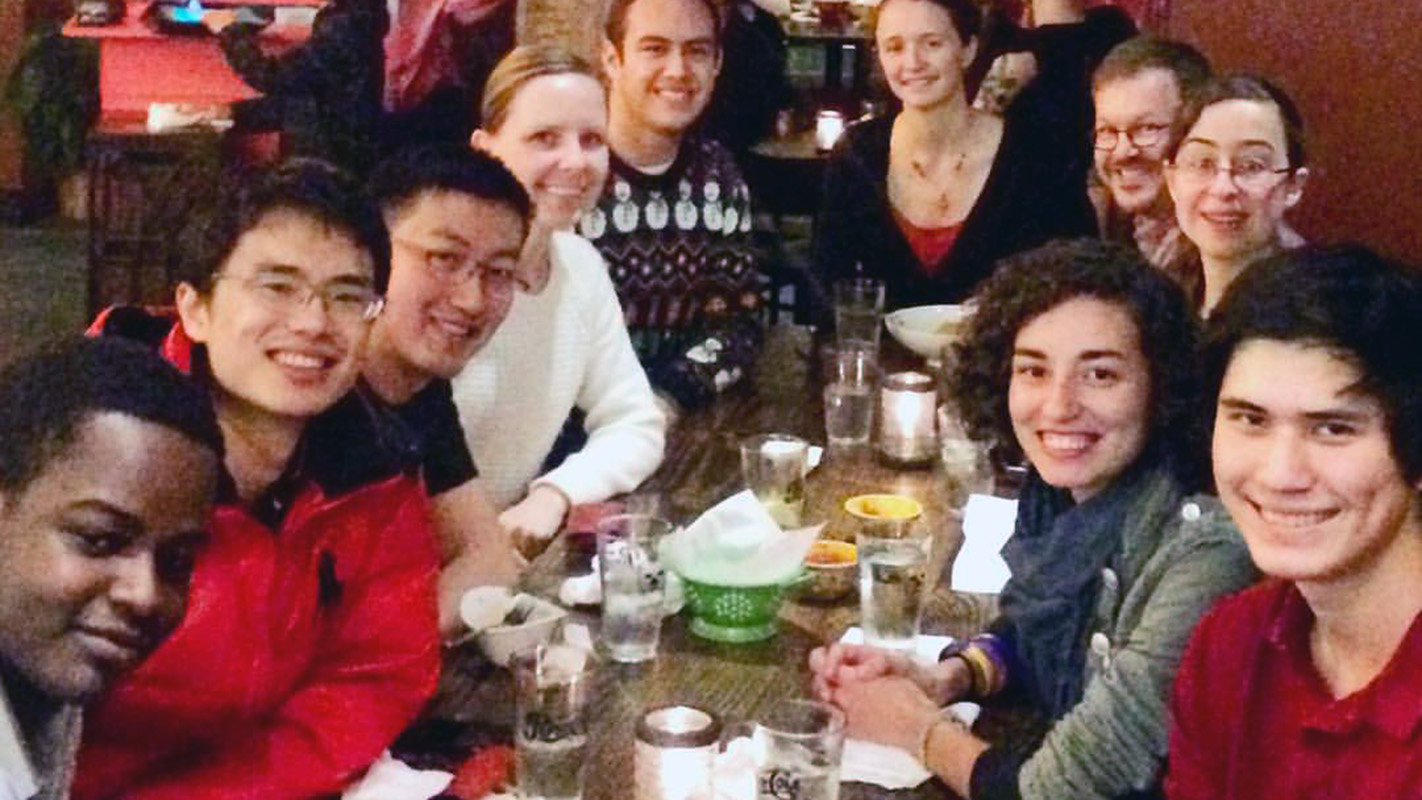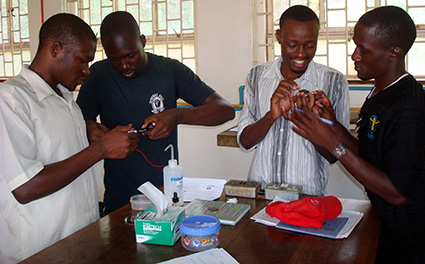This is What Science Looks Like at NC State: Veronica Augustyn

Editor’s Note: This post was written by Veronica Augustyn, an assistant professor of materials science and engineering at NC State. The post is an entry in an ongoing series that we hope will highlight the diversity of researchers in science, technology, engineering and mathematics.

As a little kid growing up in Poland, minerals – and especially gemstones – fascinated me. They were beautiful, rare, and I wanted to know how to make them for myself! Little did I know that my fascination would one day lead me to become a professor of materials science and engineering, a job that allows me to work with and teach fantastic students, meet scientists from all over the world, make new scientific discoveries, and find ways to improve the lives of people everywhere.
My family and I immigrated to the U.S. in the early 1990s, and one way that I explored my new country was by attending universities “out west.” I received my B.S. from the University of Arizona, my Ph.D. from UCLA, and did a postdoc at UT-Austin, all in materials science & engineering. Along the way I met and married my partner in life, my husband Alex, a physicist also working at NC State.
I am often asked, “What is materials science and engineering?” It is the science (fundamental understanding) and engineering (application) of the solid-state matter of the universe. Materials science and engineering encompasses an incredibly broad range of materials – from biomaterials and polymers to metals and ceramics. The applications of these materials are equally broad, and so the field is very interdisciplinary. Materials scientists and engineers find jobs in a variety of industries, in national labs, and of course, universities, often working as process engineers or in research and development.

My group’s research is in the field of electrochemistry of materials. We synthesize and characterize novel transition metal oxide materials. Fundamentally, we are concerned with the behavior of materials at electrochemical interfaces. Understanding this behavior is important for improving electrochemical devices such as fuel cells and batteries. Fuel cells and batteries are also known as electrochemical energy storage and conversion devices and have the potential to transform the way we generate and use energy by making it more sustainable, efficient, and secure.
In addition to our research efforts, I also lead the SciBridge project, whose aim is to increase the number of renewable energy research collaborations between U.S. and African scientists.
The increase in global energy use in coming decades will largely come from the electrification of developing countries, primarily in sub-Saharan Africa. This is an opportunity to deploy sustainable energy technologies as well as increase the economic development and standards of living of people in sub-Saharan countries. This will require a large science and engineering workforce, and students in African universities need access to more research and education opportunities. SciBridge does this by sending hands-on experiment kits on topics like dye-sensitized solar cells and aluminum air batteries to universities in Uganda, Tanzania, and Ethiopia.
- Categories:


